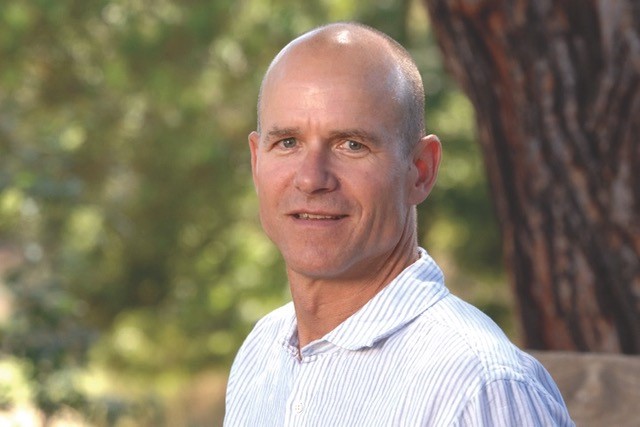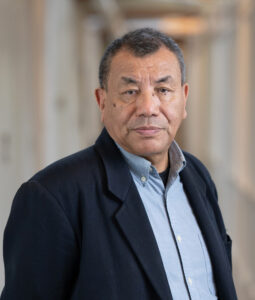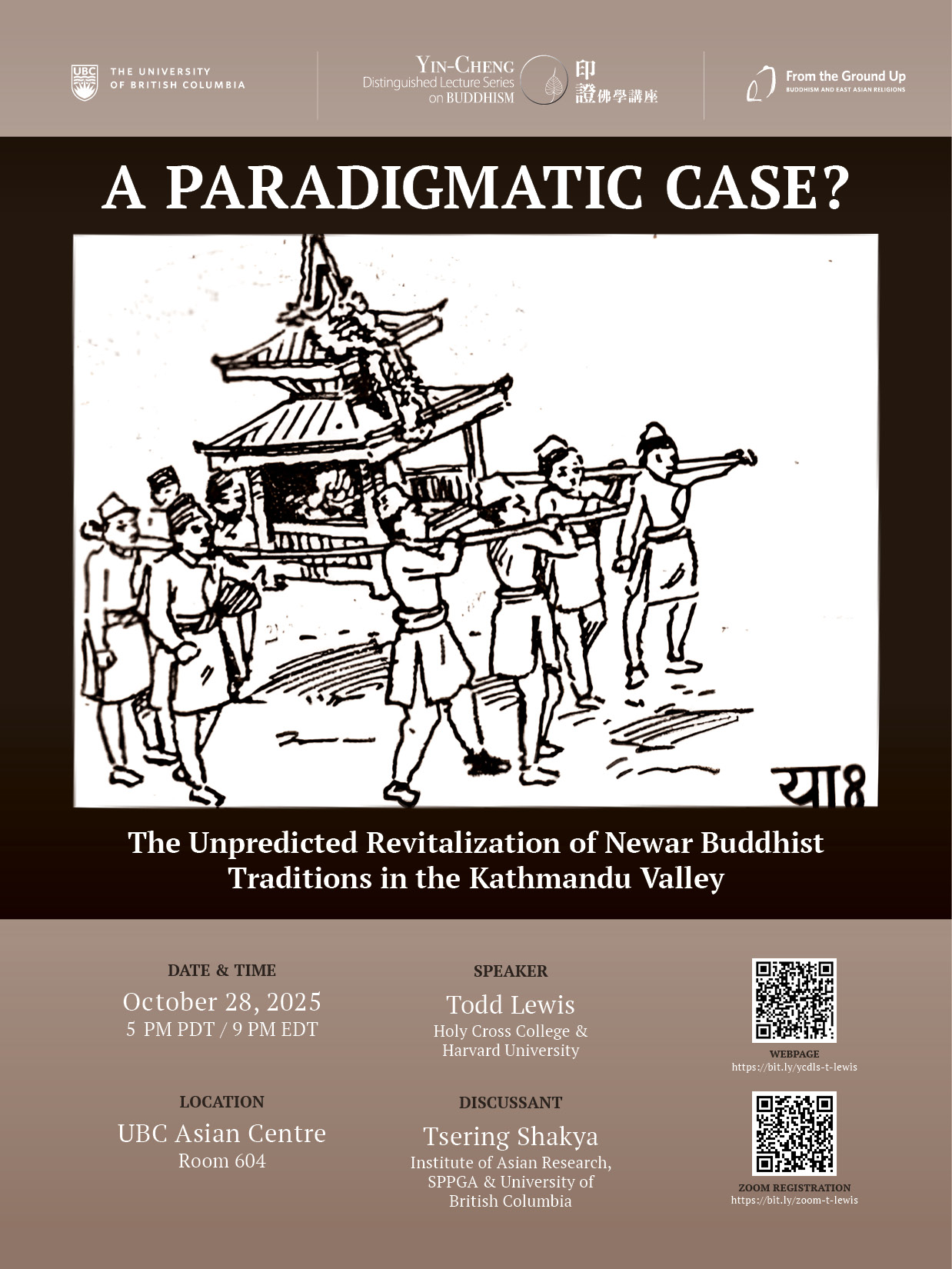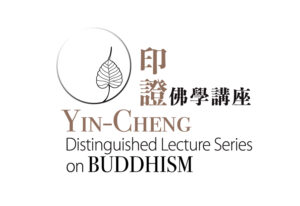Time: October 28, 5:00 pm (Vancouver) | 8:00 pm (New York) | October 29, 8:00 am (Beijing/Taipei)
UBC Asian Centre, Room 604
The lecture will be presented in English, live-streamed via Zoom.
In person registration: https://ubcfrogbear-lewis-newar-buddhism.eventbrite.ca
Zoom registration: https://ubc.zoom.us/meeting/register/NNGKkzFFQqmo1twanJ1nAA
Abstract:
Beginning with Eugène Burnouf and Sylvain Lévi, most scholars for the past century who have assessed Newar Buddhism in the Kathmandu Valley have described the tradition as “decadent,” “corrupted by Hinduism,” and so in serious decline. Many also ignore it, not considering the Kathmandu Valley part of South Asian Buddhist history. Many scholars predicted its withering away, most often due to its conservative caste-defined society and competition from the reformist Theravādins, a movement that arrived in Nepal a century ago. The predations of the modern Nepalese state with its staunchly Hindu biases have also been a central axis of analysis. But what has emerged over the last decade, however, is a hitherto unimagined revival among traditional Newar Buddhists and their venerable tradition centered on Mahāyāna-Vajrayāna teachings and ritual practices. Led by younger Buddhist vajrācāryas and scholars, leaders have introduced a welter of new spiritual initiatives, institutional innovations, along with gender and caste reforms; supported by wealthy merchants, newly-rich landholders, and a growing number of migrants living abroad, Newar Buddhist traditions have shown a remarkable resiliency and vibrancy in the last decade. The talk will recount the history of denigration of Newar Buddhism, sketch the confluence of reconfigurations and revivals, and devote special focus on how these factors converged in the newly-completed construction of an extraordinary Newar Vajrayāna monastery in Lumbini. It will conclude by highlighting how the factors in this revitalization might illuminate the history modern Buddhism elsewhere.
About the speaker: Todd T. Lewis (Holy Cross College, and Harvard University)

Todd Lewis has taught in the Religious Studies Department at the College of the Holy Cross since 1990 and is holder of the Murray Distinguished Professorship in the Arts and Humanities; he is also a Research Associate at Harvard University. Beginning with his scholarly training at Columbia University (where he earned his Ph.D. in Religion 1984), Professor Lewis’ research and teaching has been interdisciplinary, linking anthropology, the history of religions, and Indology. His area of special expertise is Newar Buddhism in the Kathmandu Valley, Nepal, and he has written extensively about Buddhist narratives, their depiction in popular art, and the role of merchants in Buddhist history. Lewis has resided in the Asan Tol neighborhood in the city of Kathmandu for his dissertation research (1979-1982), and for three postdoctoral fellowships (1987, 1997-8, 2012), all supported by the Fulbright-Hayes program in the Department of Education. Professor Lewis has also received funding from, most recently, the National Endowment for the Humanities and the American Philosophical Society. In 2011, he was awarded a fellowship by the Simon Guggenheim Foundation. In addition to over forty articles published in leading academic journals and invited chapters contributed to edited scholarly volumes, Professor Lewis has published two books on Newar Buddhism. The first was Popular Buddhist Texts from Nepal: Narratives and Rituals of Newar Buddhism (State University of New York Press, 2000). More recent was Sugata Saurabha: A Poem on the Life of the Buddha by Chittadhar Hridaya of Nepal, one of the landmarks in 20th Century Newar literature, its translation in collaboration with Subarna Man Tuladhar of Kathmandu. The Oxford University Press edition published in 2011 won two international awards: the Toshide Numata Book Prize for the Outstanding Book in the field of Buddhist Studies (2011) and the Inaugural Prize for the Outstanding Translation in Buddhist Scholarship (2012) by the Khyentse Foundation. This translation was released for global distribution by Shambhala Press. Other books include the textbook, Buddhists: Understanding Buddhism Through the Lives of Practitioners published in 2014 by Wiley-Blackwell; and Teaching Buddhism: New Insights on Understanding and Presenting the Traditions, in the “Teaching Religion” series sponsored by the American Academy of Religion and published in 2015 by Oxford University Press.
About the discussant: Tsering Shakya (Institute of Asian Research, SPPGA, and University of British Columbia)
 Tsering Shakya is Associate Professor and held the Canada Research Chair in Religion and Contemporary Society in Asia at the Institute for Asian Research, School of Public Policy and Global Affairs, and Department of Asian Studies, University of British Columbia. He is co-lead of the Himalaya Program.
Tsering Shakya is Associate Professor and held the Canada Research Chair in Religion and Contemporary Society in Asia at the Institute for Asian Research, School of Public Policy and Global Affairs, and Department of Asian Studies, University of British Columbia. He is co-lead of the Himalaya Program.
Tsering is a widely published scholar on Tibet. His research explores the confluence of politics, ethno-national identity and religious practice in cultural production and social transformation across both historical and contemporary Tibet and the Himalayas. He is also interested in contemporary minority policy and social media in China. He currently serves as the President of the International Association of Tibetan Studies.
About the Yin-Cheng Distinguished Lecture Series: Launched in September, 2021, the Yin-Cheng Distinguished Lecture Series (印證佛學傑出學術系列講座) is a collaborative, multi-university partnership between Peking University, University of Oxford, University of Cambridge, Inalco (Institut national des langues et civilisations orientales), Princeton University, Harvard University, the University of British Columbia, University of California, Berkeley, SOAS, University of London, University of Tokyo, and Taiwan University. The Lecture Series is established in honour of Venerable Cheng-yen 證嚴, founder of Tzu Chi, and her mentor Yinshun 印順 (1906–2005), with the goal of promoting topics in Buddhist Studies.











